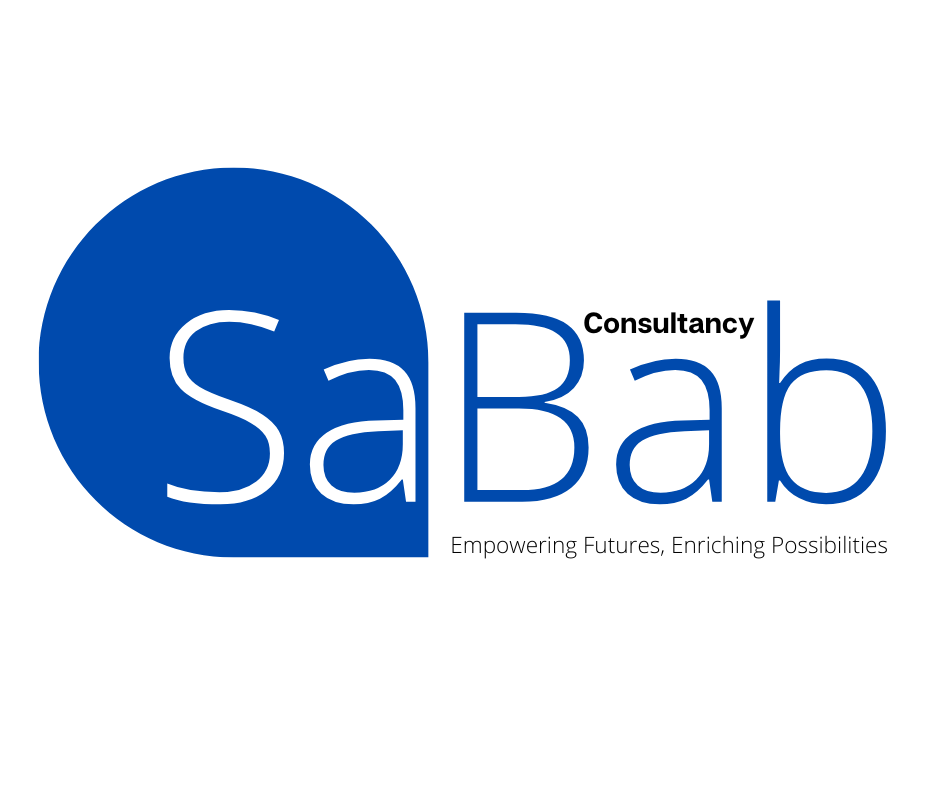In today’s volatile and competitive business landscape, the real asset of any organization is not just capital or infrastructure—it’s knowledge. The organizations that will lead the next era of innovation and impact are not necessarily the biggest but the ones that know how to manage what they know.
This is where implementing a Knowledge Management System (KMS) becomes not just a strategy but a survival imperative.
If your organization isn’t leveraging its collective knowledge, you are leaking opportunities, duplicating effort, and slowly becoming irrelevant.
Let this article serve as your call to act with urgency. It’s time to stop operating in silos, losing critical information to turnover, and failing to scale your intellectual power.
What is a Knowledge Management System (KMS)?
A Knowledge Management System is a structured framework that enables organizations to collect, organize, share, and analyze knowledge in a way that enhances decision-making, fosters innovation, and supports organizational goals.
It’s more than just documentation or databases—it’s about creating a living, breathing ecosystem where knowledge flows across departments, across leadership levels, and even across generations.
Why You Must Act Now: The High Cost of Doing Nothing
Every minute you delay implementing a knowledge management system, your organization loses:
-
Critical insights from exiting employees
-
Efficiency due to repeated mistakes
-
Money wasted on redundant processes
-
Opportunities for innovation and growth
Your competitors are not sleeping. If they capture knowledge better than you, they will outpace you—not tomorrow, but today.
Step-by-Step: How to Implement a Knowledge Management System That Works
This is not a plug-and-play solution. Implementing a Knowledge Management System demands strategic alignment, cultural transformation, and technological adoption. Below is your actionable guide to start and scale a KMS with purpose and power.
Step 1: Define Clear Objectives
Before deploying any tools or processes, clarify your “why.”
-
Do you want to improve customer service?
-
Are you trying to retain institutional knowledge?
-
Is the goal to reduce onboarding time or increase operational efficiency?
Define what success looks like. Align your knowledge strategy with your organizational vision.
Step 2: Conduct a Knowledge Audit
You can’t manage what you haven’t measured. Conduct a thorough audit:
-
What knowledge currently exists?
-
Where is it stored?
-
Who owns it?
-
What is missing?
-
What needs to be updated or eliminated?
Map the flow of knowledge within your organization. Identify gaps, bottlenecks, and duplication.
Step 3: Choose the Right Technology
Technology should enable, not dictate, your knowledge strategy. Choose tools that:
-
Integrate with your existing systems
-
Are user-friendly and accessible across devices
-
Offer intelligent search and tagging features
-
Support collaboration and real-time updates
-
Allow for secure access and role-based permissions
A great Knowledge Management System may include intranets, AI-driven platforms, knowledge bases, chatbots, wikis, document repositories, and social collaboration tools.
Step 4: Build a Knowledge-Sharing Culture
Culture is the backbone of your knowledge system. Without a culture of sharing, even the most sophisticated KMS will fail.
-
Promote psychological safety so employees feel comfortable sharing knowledge
-
Recognize and reward knowledge contributions
-
Appoint knowledge champions or curators in each department
-
Make knowledge sharing part of performance metrics and leadership KPIs
This is not optional. If people don’t feel ownership or value, they won’t contribute.
Step 5: Develop a Governance Framework
A successful KMS must have structure, policies, and governance.
-
Who approves content?
-
How often is knowledge updated?
-
What happens to outdated or inaccurate knowledge?
-
How is intellectual property protected?
Governance ensures quality, consistency, and compliance, which is especially important in regulated industries.
Step 6: Train, Onboard, and Communicate
People can’t use what they don’t understand.
-
Offer comprehensive training to all levels
-
Communicate the “why” behind the initiative
-
Show early wins to drive momentum
-
Provide quick-reference guides and real-time support
Train your people not just to use the system, but to believe in it.
Step 7: Monitor, Measure, and Evolve
What gets tracked improves.
-
Monitor usage statistics, engagement metrics, and content quality
-
Gather feedback through surveys and one-on-ones
-
Measure impact against defined business objectives
-
Adapt the system as your organization grows and evolves
Your KMS should be as dynamic as your organization. Keep improving. Keep learning.
The Power of Knowledge, When Managed Right
When implemented with strategy and sincerity, a Knowledge Management System delivers:
-
Reduced operational costs
-
Faster and better decision-making
-
Improved employee engagement and retention
-
Higher customer satisfaction
-
Faster onboarding and training cycles
-
A clear competitive advantage
Knowledge becomes your organization’s compass, currency, and catalyst.
Final Call: Are You Going to Lead the Future, or Be Left Behind?
You are standing at a crossroads. On one path is repetition, loss, confusion, and decline. On the other is a future of clarity, agility, and growth.
Choose wisely. Choose now.
Implementing a Knowledge Management System is no longer a “nice to have.”
It is your strategic imperative.
Start the audit. Mobilize your leaders. Choose the platform. Train your people. Build your legacy.
Because the organizations that capture and activate their knowledge today are the ones who will lead tomorrow.

























